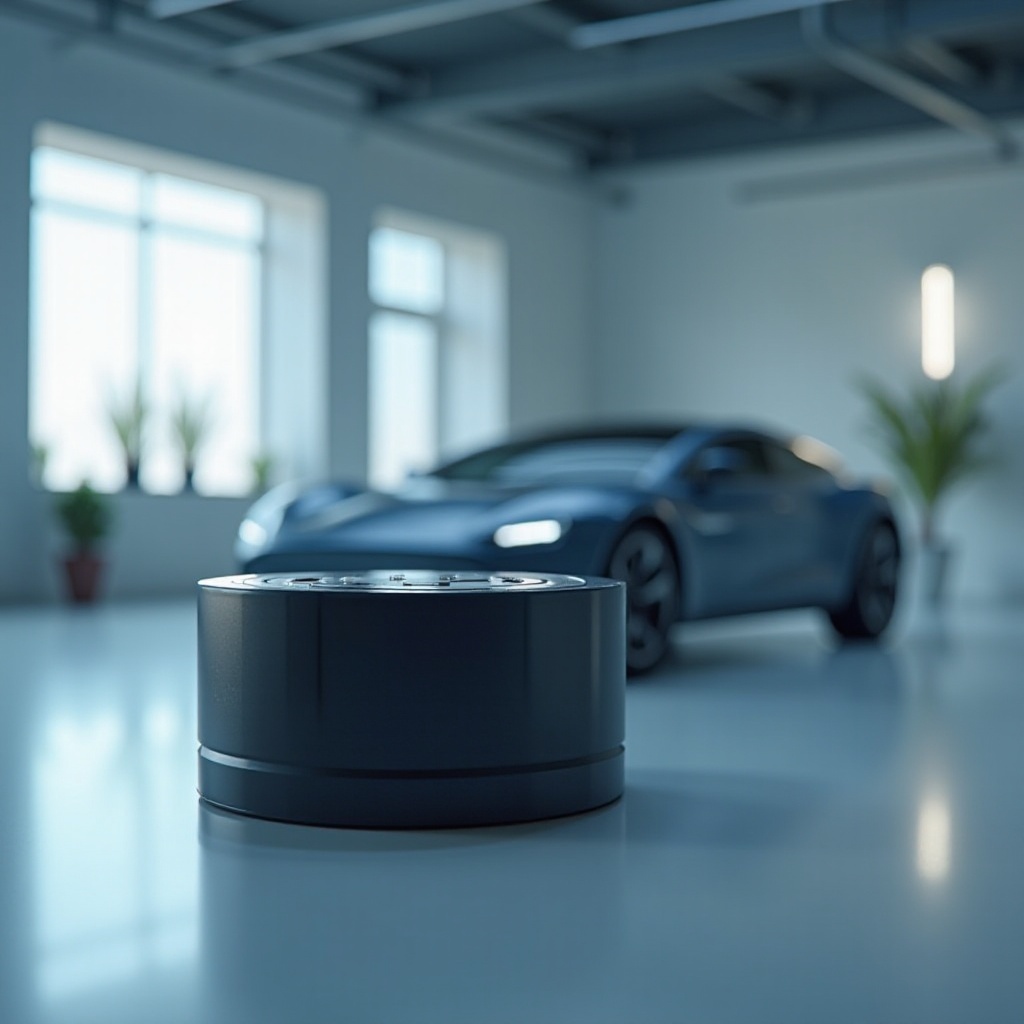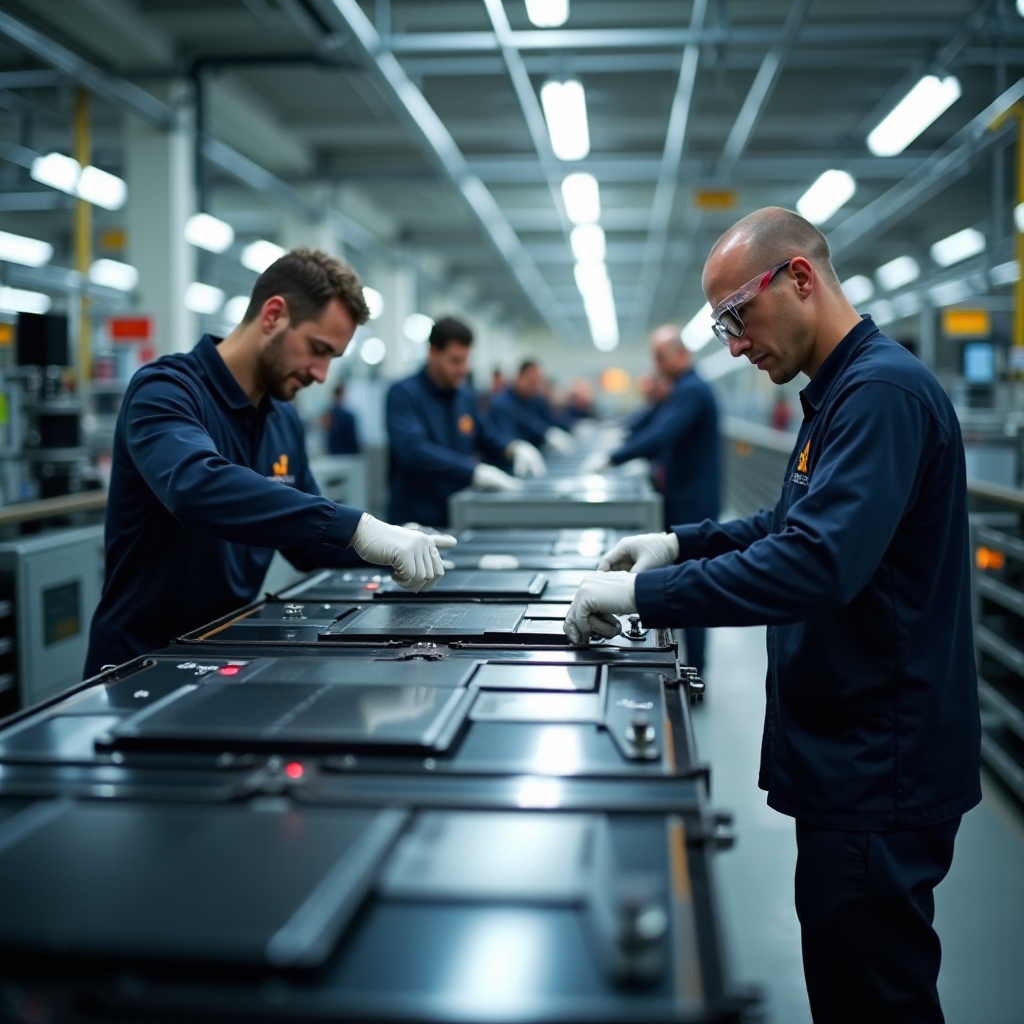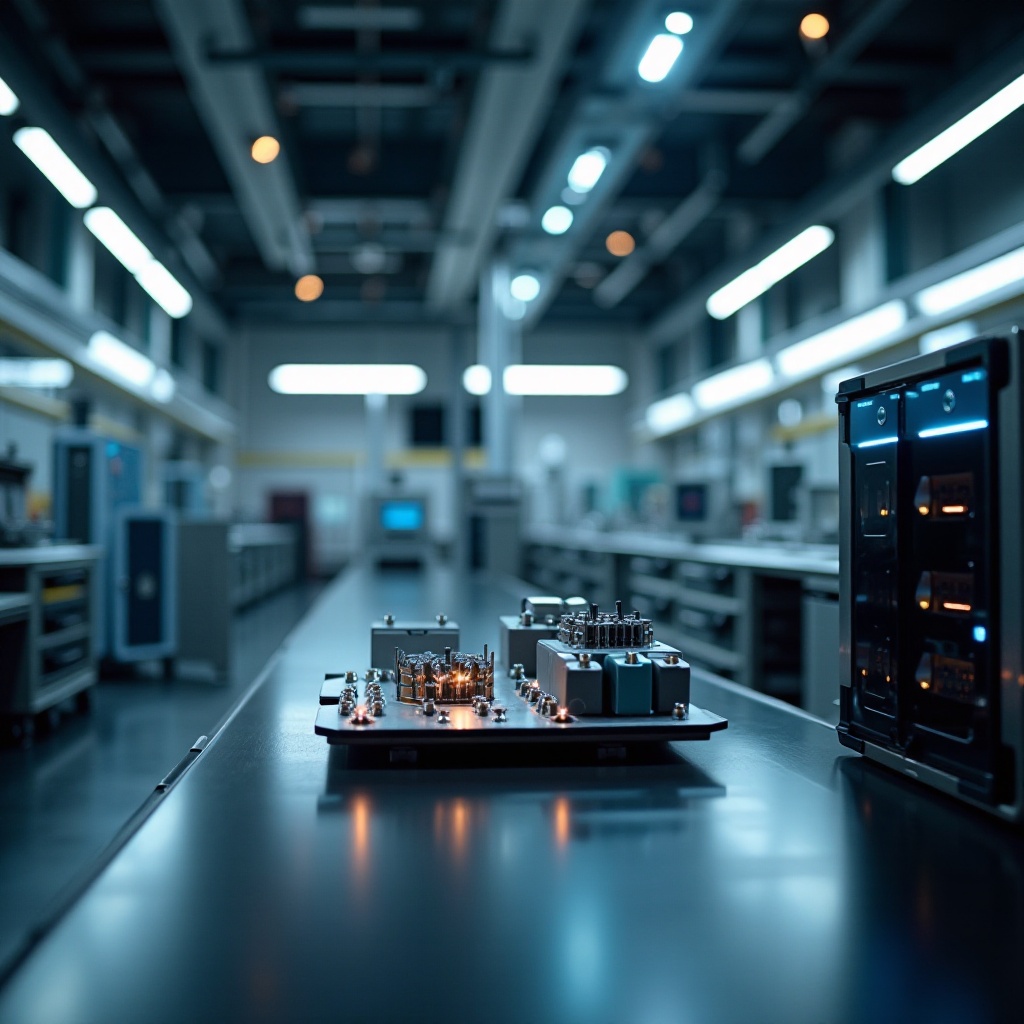Introduction
With the transportation industry shifting toward electric vehicles (EVs), understanding what powers these cars becomes essential. One of the leaders in EV technology is Tesla, renowned for its cutting-edge battery solutions. But what type of battery does Tesla use? This blog explores the specifics of Tesla’s battery technology, covering its composition, manufacturing advancements, performance, and environmental impact. Read on for a comprehensive look at what lies beneath the hood of a Tesla vehicle.

Overview of Tesla’s Battery Technology
Tesla’s batteries predominantly use lithium-ion technology, similar to what you find in smartphones and laptops, albeit much larger and more robust. These batteries are integral to Tesla’s operation, powering everything from their Model S and Model 3 vehicles to their energy storage products like the Powerwall. Tesla’s commitment to battery innovation aims to achieve longer driving ranges, reduced costs, and improved safety features. By leveraging advancements in lithium-ion chemistry and scaling up production through Gigafactories, Tesla has been able to push the boundaries of what EV batteries can achieve.
Composition of Tesla Batteries
Types of Lithium-Ion Chemistries Used
Understanding the intricacies of Tesla batteries starts with the chemistry. The core technology lies in various forms of lithium-ion. Initially, Tesla utilized Nickel Cobalt Aluminum (NCA) and Nickel Manganese Cobalt (NMC) chemistries. While NMC was generally used in smaller applications, NCA became the cornerstone of Tesla’s larger vehicle batteries.
Nickel, Cobalt, Aluminum (NCA) Cathodes
Tesla’s adoption of NCA cathodes represents a significant leap in energy density and overall performance. NCA batteries offer high energy density—resulting in a greater range for EVs. They are preferred for their stability and long lifespan. However, the downside is the high cost and resource-dependence on nickel and cobalt, which are not abundant and pose ethical sourcing challenges.
Silicon Anodes
Another major development was the introduction of silicon in the anodes. Traditional lithium-ion batteries use graphite anodes. However, integrating silicon increases the energy density. Silicon anodes can theoretically store ten times more lithium ions than their graphite counterparts. This advancement significantly boosts the range without adding additional weight to the battery pack.
Advancements in Battery Manufacturing
Tesla continues to innovate not only in battery composition but also in how they’re manufactured. The scale of their operations and vertical integration strategy drastically influence the performance and cost-efficiency of their batteries.
Gigafactories and Mass Production
Tesla’s Gigafactories are central to its mass production capabilities. These massive factories, located in Nevada, Shanghai, and Berlin, are designed to produce batteries at scale, significantly reducing costs per kilowatt-hour (kWh). The scale of production not only makes batteries more affordable but also ensures that Tesla meets the growing demand.
Vertical Integration
Tesla’s vertical integration strategy has been a game-changer. By controlling every layer of production, from raw materials to final assembly, Tesla has streamlined operations and reduced dependency on third-party suppliers. This approach enables rapid innovation and swift implementation of new technologies.
In-House Production
Tesla’s foray into in-house battery production cannot be overlooked. By producing batteries themselves, Tesla ensures total quality control and innovation freedom. The internal R&D teams work tirelessly to improve battery life, efficiency, and cost. For instance, Tesla’s recent introduction of 4680 cells illustrates their relentless push towards innovation.

Performance and Longevity of Tesla Batteries
Tesla’s advancements in battery composition and manufacturing have directly translated into improved performance and longevity.
Energy Density and Range
One of the standout features of Tesla batteries is their energy density. Higher energy density allows for more power storage in a small form factor, translating directly into longer vehicle ranges. For instance, the Tesla Model S can achieve over 400 miles on a single charge.
Lifespan and Degradation
Tesla batteries are designed to last. Tesla guarantees that its batteries will retain at least 70% capacity after 150,000 miles. To ensure longevity, Tesla uses sophisticated Battery Management Systems (BMS) to monitor and maintain optimal battery health. Degradation is minimal, making Tesla batteries some of the most durable in the market.
Charging Efficiency
Charging efficiency is another critical area where Tesla excels. The advanced BMS, combined with optimized charging protocols, reduces the time required to recharge. Tesla’s Supercharger network can charge a vehicle up to 80% in 30 minutes. This rapid charging capability makes owning a Tesla convenient for long-distance travel.
Environmental Impact and Sustainability
Beyond just battery technology and performance, Tesla’s focus on sustainability sets it apart from other EV manufacturers.
Recycling and Second-Life Applications
Tesla is committed to sustainability, and battery recycling is crucial to this commitment. Used Tesla batteries are repurposed for secondary uses, such as energy storage. Additionally, Tesla is developing battery recycling processes to recover valuable materials like lithium, cobalt, and nickel, reducing the need for new mining.
Reducing Carbon Footprint
Tesla’s Gigafactories run on renewable energy, minimizing the carbon footprint. Tesla’s home energy solutions also contribute to this reduction. Products like the Powerwall store excess solar energy for later use, promoting sustainable living.
Sustainable Material Sourcing
Ethical sourcing of materials is at the core of Tesla’s sustainability efforts. The company is working to source materials responsibly, reducing the reliance on conflict minerals. Through partnerships and rigorous supplier standards, Tesla ensures that the materials used in their batteries are sustainably and ethically obtained.
Future Innovations in Tesla Battery Technology
Tesla’s dedication to pushing battery technology forward means that innovations are always on the horizon.
Introduction to Solid-State Batteries
Solid-state batteries represent the future of EV technology. Tesla has been researching this next-gen technology, which promises higher energy density and increased safety. Although not yet commercially available, solid-state batteries could revolutionize the industry by offering longer range and faster charging times.
The Role of 4680 Cells
Tesla’s new 4680 cells are a leap forward in battery technology. These larger cells provide five times more energy, six times more power, and 16% longer range. They also streamline production, further reducing costs. The 4680 cells are expected to be foundational to Tesla’s future.
Project Roadrunner and Beyond
Project Roadrunner is Tesla’s initiative to bring battery production in-house and make EVs more affordable. The project aims to produce batteries at less than $100 per kWh, a milestone that could make electric vehicles cheaper than their gasoline counterparts. The long-term goal is to make EVs a viable option for all consumers.

Conclusion
Tesla continues to push the boundaries of battery technology, making electric vehicles more viable and sustainable. From innovative chemistries and in-house production to their commitment to environmental stewardship, Tesla is not just producing cars—they’re driving the future of energy. The advancements we see today are only a glimpse of what’s to come.
Frequently Asked Questions
What is the lifespan of a Tesla battery?
Tesla batteries are designed to last between 300,000 to 500,000 miles, with the company guaranteeing at least 70% capacity retention after 150,000 miles.
How often do Tesla batteries need to be replaced?
Tesla batteries typically do not need frequent replacements. Most last beyond 10 years due to their high capacity retention and low degradation rates.
What improvements can we expect in Tesla batteries by 2024?
By 2024, expect advancements in solid-state batteries, the wider adoption of 4680 cells, and cheaper, more efficient batteries through Project Roadrunner.


